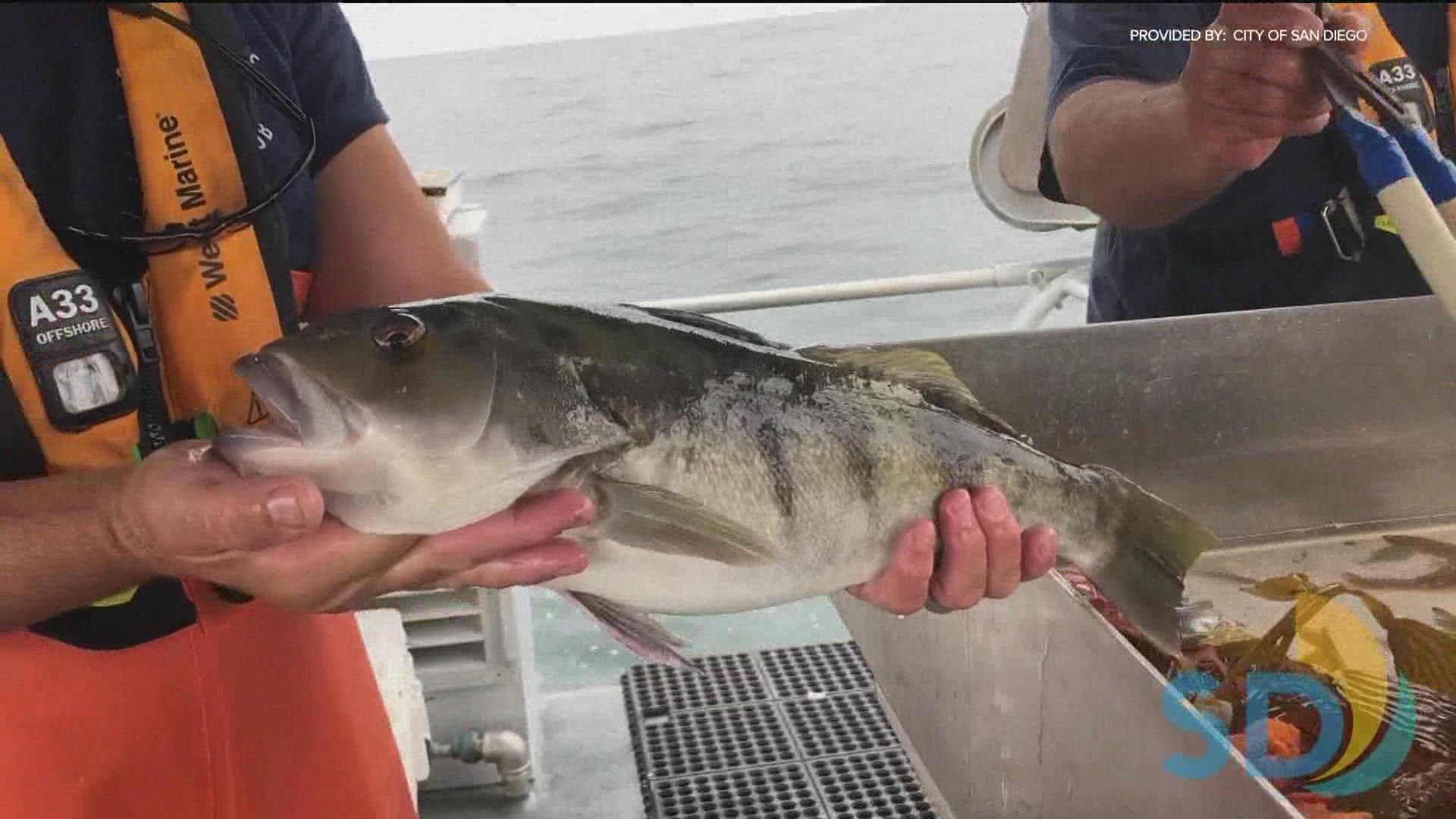SAN DIEGO — The City of San Diego’s 'Ocean Monitoring Program' monitors more than 340 square miles – from northern San Diego to northern Baja California, Mexico – from the shoreline to approximately 10 miles offshore, and to depths of more than 1,600 feet.
City marine biologists use specialized sampling gear and instruments to collect the wide array of data, which is needed to understand the ecological health of the ocean environment, to identify potential health concerns associated with the recreational use of San Diego's coastline.
“Essentially, we want to see the diversity of populations out in the local coastal waters so that we can get a better sense on how local impacts might be affecting their movement and the specific arrangement of those different species,” said marine biologist Ryan Kempster. “By assessing all of the different creatures and organisms that live within that ecosystem, it tells us a lot about how healthy the environment is.”
San Diego’s 'Ocean Monitoring Program' operates within the City’s Public Utilities Department, and the team of marine biologists and taxonomists have a very specific purpose.
“Because the city owns and operates wastewater facilities, our program really exists to make sure that the treated wastewater that is discharged by the ocean outfalls is not having a negative impact on ocean water quality and the environment and ecosystem that the animals live within,” said Kempster.
Monitoring the quality of our ocean water is no easy job and they have some tools to help out.
“This is our water profiler,” said Kempster, while pointing toward a large device. “This allows us to assess the quality of the local coastal waters by actually collecting water samples at various depths throughout the water column.”
With their remotely operated vehicle (ROV), they’re able to survey the sea floor and check to make sure any pipes carrying water from the treatment facilities are functioning properly without any leaks.
“San Diego coastal waters are actually very healthy and in very good condition, which is great,” said Kempster. “But by assessing the whole region we can also look more broadly at larger indicators of changes in ocean health, whether that be from climate change or a specific event or other sources of pollution throughout the region.”
For more information about the City’s Ocean Monitoring Program, visit sandiego.gov/ocean-monitoring.
WATCH RELATED: Alarming trend of cancer in sea lions being caused by exposure to banned chemical (June 2022)

